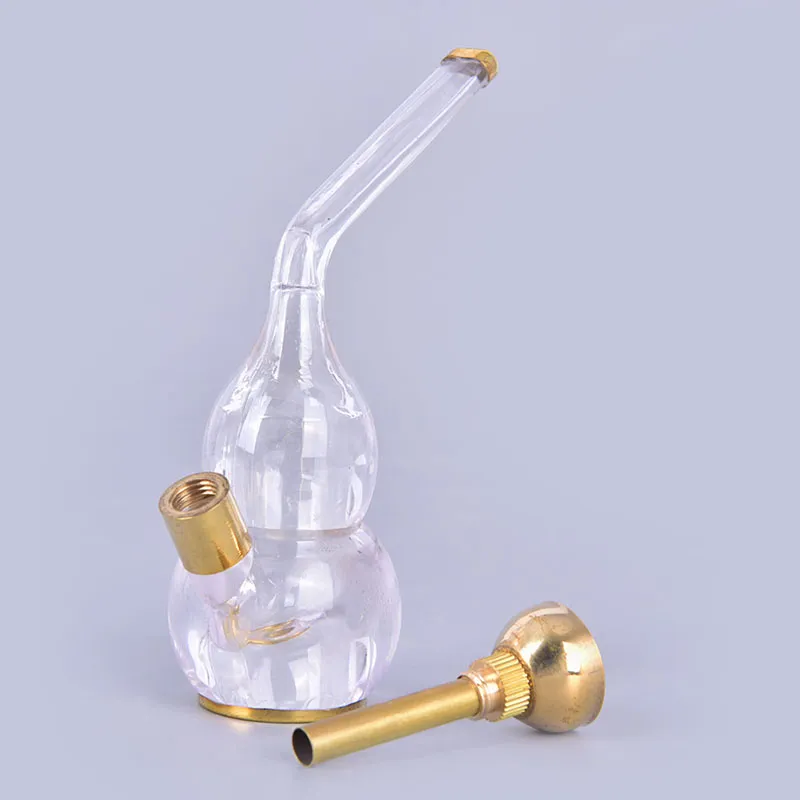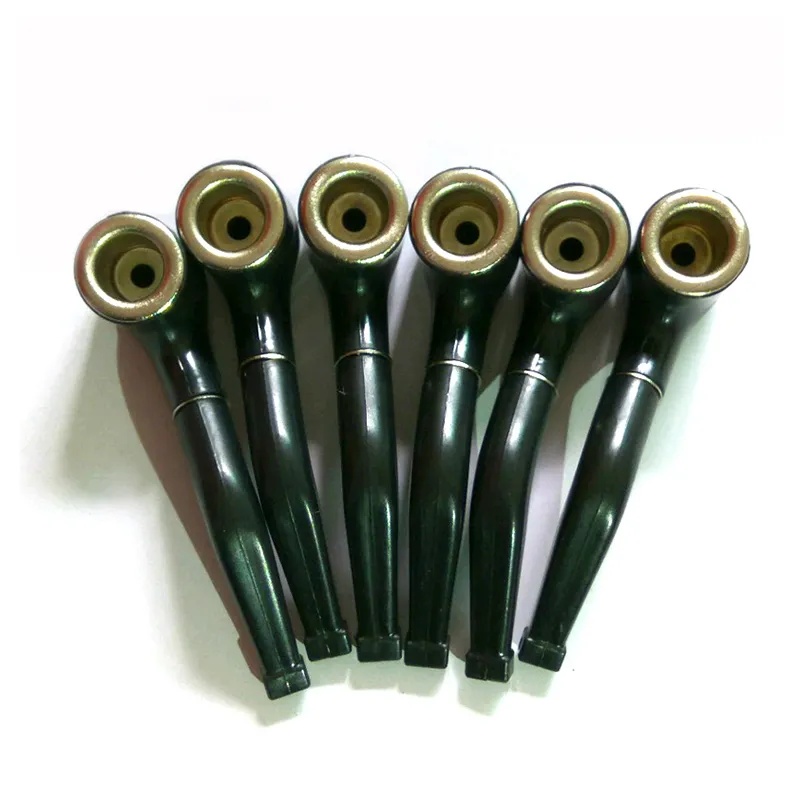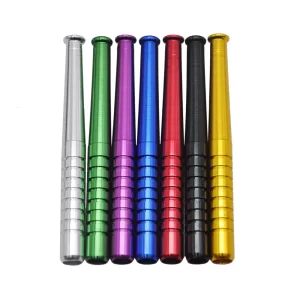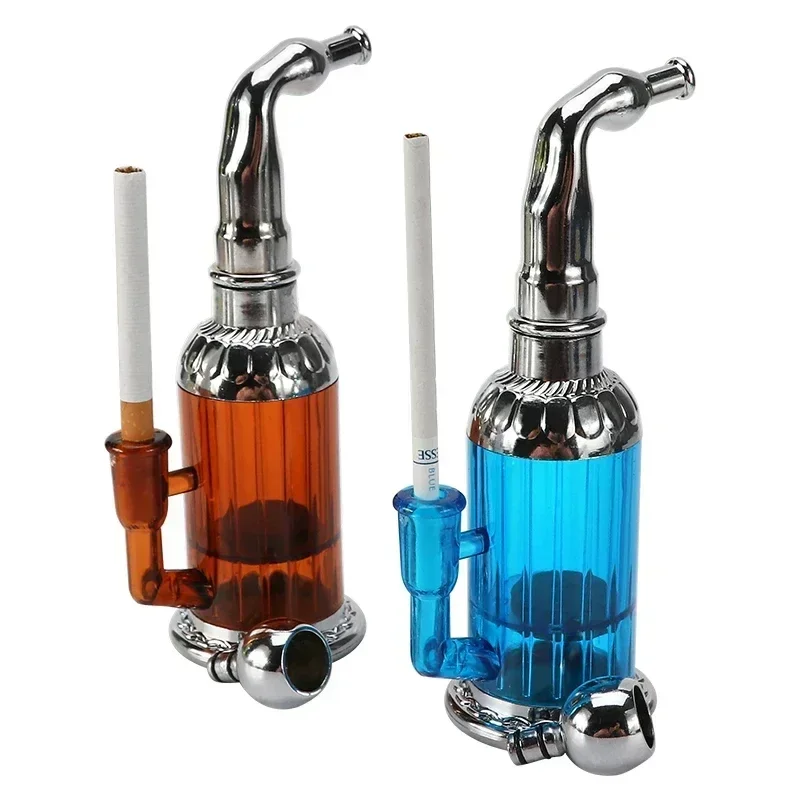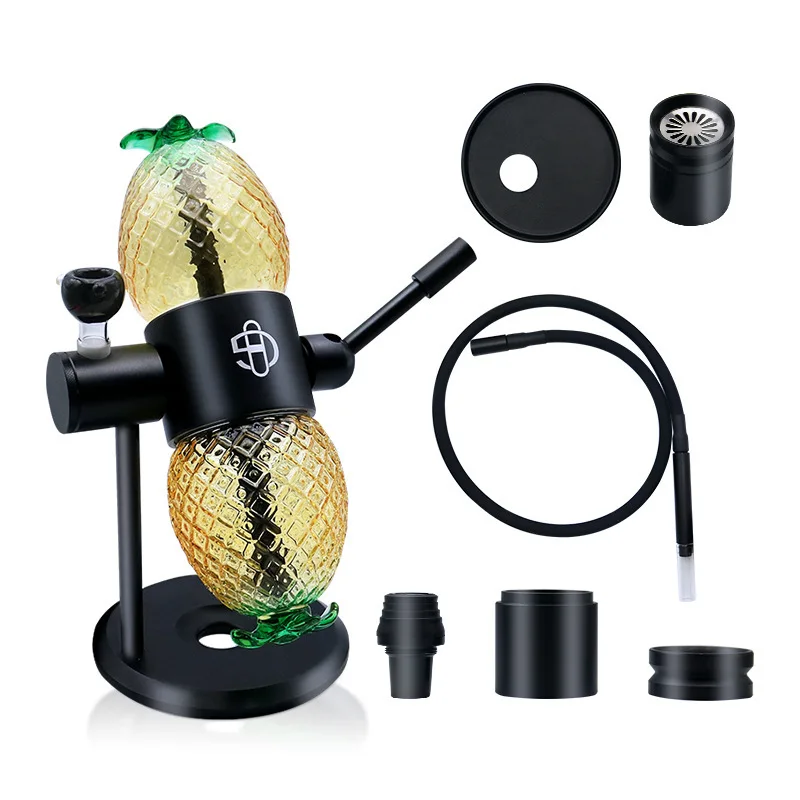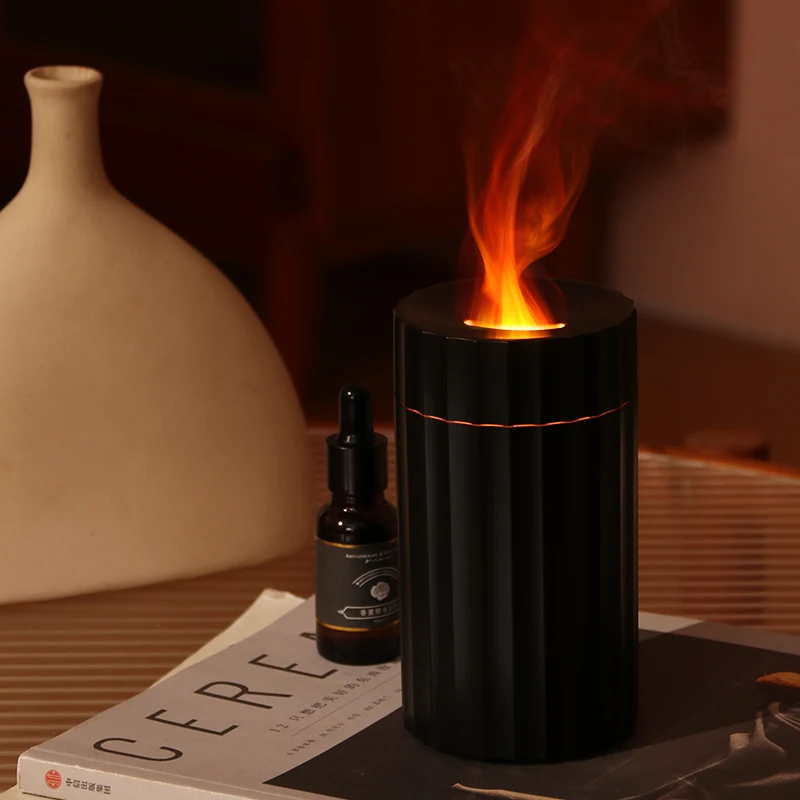The greatest threat to the future of cannabis may not be legislation or corporatization, but the silent extinction of its genetic diversity. The modern cannabis industry has evolved faster in the past ten years than it did in the ten thousand years prior, but it has come at a cost. As we have raced toward faster finishes, higher THC numbers, and uniformity of product, we have bred ourselves into a corner. Nearly all commercial genetics now descend from a narrow set of highly hybridized lines, selected for appearance and potency, but often lacking in resilience, effect, and depth.
Long-flowering varieties, those that flower for 14 to 22 weeks, are largely absent from today’s landscape. They have been cast aside in favor of speed and bag appeal. But in losing them, we are not just erasing some of the most profound expressions of the plant; we are also compromising its future. Because when you collapse diversity, you create fragility. And nature punishes fragility.
Before the Names, There Was the Feeling
I first connected with this plant in 1991. Back then, it was not about cultivar names or terpene charts. It was brown or green, dirt or the kill, Mexican or Humboldt. Most of us did not know what we were smoking, but we remembered how it made us feel. That was the metric.
The beauty of cannabis is that it evolves with us. We have coexisted with this plant for tens of thousands of years, possibly longer. And throughout that time, its value was not measured in numbers. It was measured through ritual, intuition, and effect. Through the 60s, 70s, and 80s, cannabis was about consciousness. By the 90s and the Prop 215 era, it was about healing. But after legalization in Washington and Colorado, the narrative began to shift. Cannabis became a commodity.
The market today rewards what is fast, loud, and easy to sell: candy terps, high test scores, and dense purple nugs. And somewhere along the way, we stopped asking the most important question. How does it make you feel?
Some long-flowering varieties have an uplifting, stimulating coffee-like effect, while others have a “creeper” effect, taking up to 30 minutes before you feel the full impact. Some seem to bring the world into balance, improving memory and hand-eye coordination. These long-flowering cultivars can last for several hours, gradually lifting you up without a crash. What I especially like about some of them is that they don’t make me want to take a nap and if I do nap later in the day, I don’t wake up grumpy. There are so many subtle nuances with each cultivar and with individual body chemistry. They may not be for everyone, but I’ve recently enjoyed conducting trials with several different long-flowering plants.
The Price of Uniformity
One of the unintended consequences of legalization has been the collapse of genetic diversity. The vast majority of legal market cannabis now represents less than ten percent of the available gene pool. This is not just a cultural loss. It is a biological liability.
When you inbreed plants for multiple generations without outcrossing, you reduce heterosis, also known as hybrid vigor, and increase susceptibility to stress. Pest resistance, pathogen immunity, and adaptability to climate all suffer. Plants lose their ability to defend themselves.
Many now believe that the widespread outbreak of Hop Latent Viroid may be a symptom of this narrowed genetic base. HPLVd thrives in weakened plants, especially in operations where genetic redundancy is high. If your entire canopy shares too much DNA, one vulnerability becomes everyone’s vulnerability. This is not theoretical. This is agriculture. And monocultures always break.
We have seen this before. In the 1950s, the global banana industry collapsed when the dominant cultivar, Gros Michel, was wiped out by Fusarium oxysporum. The entire industry had relied on a single genotype, leaving it defenseless. The same lesson applies to our own field. We are repeating history. In the 1990s, when Haze exploded in popularity across Europe, it unintentionally pushed out dozens of traditional varieties. Many heirlooms from Spain, Greece, North Africa, and Eastern Europe were lost or diluted beyond recognition. The hype around a single cultivar came at the cost of entire regional expressions. We are doing the same thing again today, only faster and at a larger scale.
Beyond Indica and Sativa: The Chemotype Conversation
Most consumers still rely on the outdated terms indica and sativa, but those words describe shape, not chemistry. Indicas grow short and stocky. Sativas grow tall and narrow. That tells you nothing about the experience.
The real story is in the chemotype, the full chemical fingerprint of cannabinoids, terpenes, flavonoids, and sulfur-containing thiols. This profile determines the effect, not the morphology. Some of the most neurologically nuanced and therapeutically active cultivars I have encountered are long-flowering types, especially those from equatorial climates.
These plants often express volatiles that are rare or absent in fast finishing lines. That includes minor cannabinoids, obscure esters, and sulfur-based aroma compounds that contribute deeply to flavor and effect. Many of these molecules are small, volatile, and difficult to quantify, but their impact on the subjective experience is profound.
The Pearl Trait and Trichome Time Travel
One of the most exciting developments I have seen comes from Budularo, a California-based brand dedicated entirely to long-flowering genetics. I had the pleasure of interviewing Tony and Dave from the team on my podcast. They are a small batch brand out of Mendocino run by Tony, Dave, and Isaac. Their vision is clear. No shortcuts. No compromises. Just time, care, and expression.
Their shortest cultivar is an 11-week Sour. Their longest, known as the Pearls, take up to 22 weeks to flower. These are not just throwbacks. They are genetic anomalies. The Pearl trait is a heritable mutation, similar genetically to what we see in cultivars like Freakshow, Duckfoot, or Ugly Bastard. But the expression stands out with single bract buds and long, stretching stalks with long internodes from top to bottom. It expresses in both photoperiod and autoflower populations. Until meeting Tony and Dave, I had always culled these expressions. I never even let them finish. That was a mistake.
Budularo does not just grow these plants. They listen to them. And in doing so, they taught me something I had never considered.
Tony, Isaac, and Dave believe, and I now agree, that part of what makes these cultivars so uniquely effective is the presence of multiple trichome generations on the same flower. On long flowering plants, trichome heads mature in waves. You can see clear, cloudy, and amber glands developing side by side. This layering creates a chemical time capsule. Different ratios of cannabinoids and terpenes interact in tandem, not sequence. The effect is longer lasting, more multidimensional, and less jarring than what you get from short flowering hybrids harvested at peak potency. It is not just the chemical recipe. It is the rhythm of its release.
Breeding for Effect: What Dave Taught Me
My breeding philosophy changed when my friend Dave Mesford, known to many as Dave Damit, passed away on April 20, 2024. A week before, he handed me a jar of his cultivar, Blue 13. He said it was special. At the time, I did not know what he meant. But after I smoked it, I did.
It was feel-good weed, not just for me but for almost everyone who tried it. At his memorial, I spoke with Kari Boiter. She and I had both tried Blue 13 (Louie XIII × Blueberry Haze) and another cultivar called Whitehorn Rose (not long-flowering). Both made us feel the same way, it was like getting a warm hug from your ancestors, as Johnny from Huckleberry Hill Farms puts it, or, as I like to call it, “feel good weed.” No matter the time, day or night, it just makes you feel good. That shared experience became a guiding light.
Dave had spent years working long-flowering and haze hybrid cultivars, plants that had effect. Effect was the first check box. Before he passed, he gave me his seed collection. I have been sharing parts of it with the world, with some proceeds going to his children. We don’t talk about it enough but he believed effect was the priority. And in his absence, I do too.
If We Forget the Past, We Risk the Future
Breeding for effect is messy, subjective, and slow. But it is also essential. If we continue to prioritize quick flips, shiny buds, and THC percentage, we will lose the chemical vocabulary that gave this plant its depth in the first place.
Long-flowering varieties hold a unique space in cannabis evolution. They carry alleles and expressions that cannot be re-created from within a closed loop. If we stop growing them, we stop evolving.
If we want people to care about diversity, we may have to reintroduce it in forms they already trust. Two of the fastest-growing product categories in the recreational space today, prerolls and vape cartridges, offer a unique opportunity. These formats allow consumers to experience new chemotypes without the biases of visual inspection. When curated by an established brand with consumer trust, they become vessels for education through effect. Sometimes, the most effective way to share new cultivars is to spoon-feed them back into the market, one puff at a time.
In 1991, when I first met the plant, it did not have a name. But it had a purpose. It made me feel something. And that feeling, lightness, clarity, belonging, is still what guides my work today.
Because if we lose the cultivars that require time, patience, and understanding, we do not just lose the past. We lose the map to the future.
Photo: Dave Perkins
This article is from an external, unpaid contributor. It does not represent High Times’ reporting and has not been edited for content or accuracy.




